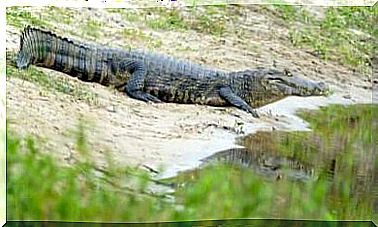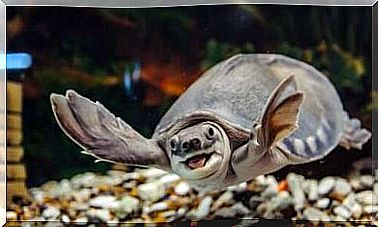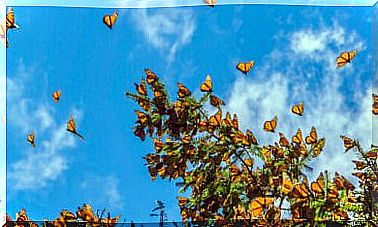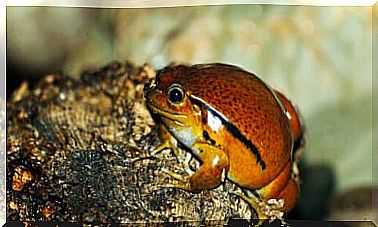Everything You Need To Know About The Wood-eating Fish
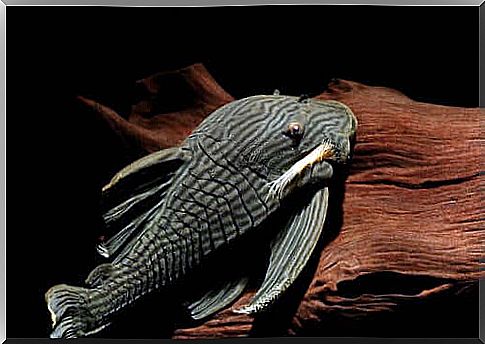
The wood-eating fish was a great scientific discovery. Although other species of xylophagous fish are already known, their appearance in the Santa Ana River, in the Peruvian Amazon forest, made it possible to study this species in greater detail.
The indigenous population of the sector has known and enjoyed the benefits of this fish since the beginning. It is one of the fish most consumed by local inhabitants. They prepare it in soups or roast it and eat the meat attached to the skin. There, they call it the giant carachama, a catfish that can reach up to 80 centimeters in length.
The species, discovered about a decade ago, is part of the genus Panaque . This is how almost all catfish that are supported on wood are classified. The shape of its teeth is oval, similar to a spoon, and they are covered by a kind of very firm armor that protects them.
Do they really eat wood?
Like other species of xylophagous fish that have been previously discovered, Peruvian catfish use wood to extract nutrients that provide them with energy.
To do this, it uses four jaws that, when closed, can move in various directions. This is how they grind wood and absorb its food.
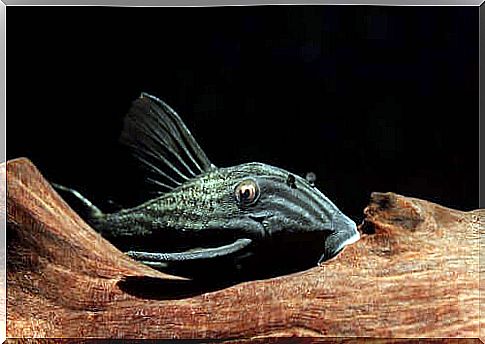
The giant carachama has a teething pattern unique in its species, according to the scientists who participated in the study. However, it has not yet been defined whether they only absorb the nutrients from the broken wood present in the river or whether they digest it.
Early investigations seem to suggest that this fish has a group of bacteria in the intestine responsible for digesting the cellulose in wood.
The digestion of wood- eating fish is prolonged for at least four hours, despite not ingesting large chips, but small chips and some particles of trees degraded by moisture, present in their habitat.
Other characteristics of wood-eating fish
A very curious and surprising fact is that these fish do not have scales. Its body is protected by a breastplate or armor made of very hard plates, therefore it is also known as armored catfish.
Its habitat is limited to small rivers distributed in the upper Amazon. For now, sightings of this species have only occurred in Peruvian waters. Even so, its presence in other Latin American waters has not been ruled out.
Researchers believe that the diet of wood-eating fish evolved through competition for food. Observing the habitat where this species was found, the lack of substrates and other nutrients can be evidenced.
There are also no rocks from which they can absorb food; therefore, getting them from decaying trees has been the best option.
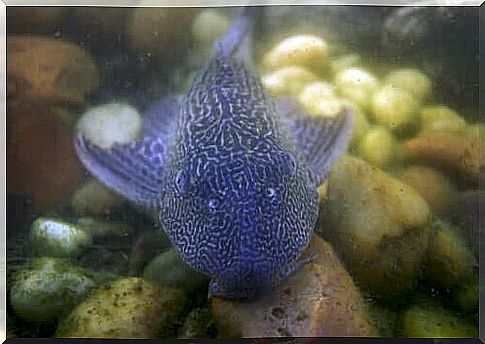
Furthermore, it is worth mentioning that they do not subsist only on wood consumption. Wood-eating fish also feed on algae, crustaceans, plant debris and other micro-organisms. They get these foods by scraping the surfaces around them.
Some relatives already discovered
The authorities of the Alto Purús National Park, located in the Peruvian forest and on the border with Brazil, have notified the presence of at least a dozen species similar to the wood-eating fish.
Scientists in the Peruvian region report the existence of 12 fish with similar characteristics. These species are distributed in other hydrographic basins in the South American continent.
Most of these species are endemic and the groups are considered to be very small. However, the area continues to be investigated, especially when the rainy season ends, when the river bed becomes more favorable.
There are also about 700 species of this type of fish that feed by scraping organic matter from other types of surfaces. However, wood-eating fish have the ability to dig with their jaws into places that were previously inaccessible.
Its rows of teeth, called odontodes, are also believed to serve as a demonstration of power in territorial fights with other invasive species. A kind of menacing dance was observed when other fish appear in its territory.
However, the effectiveness of this show of force and its possible influence on other aspects has not been determined.

